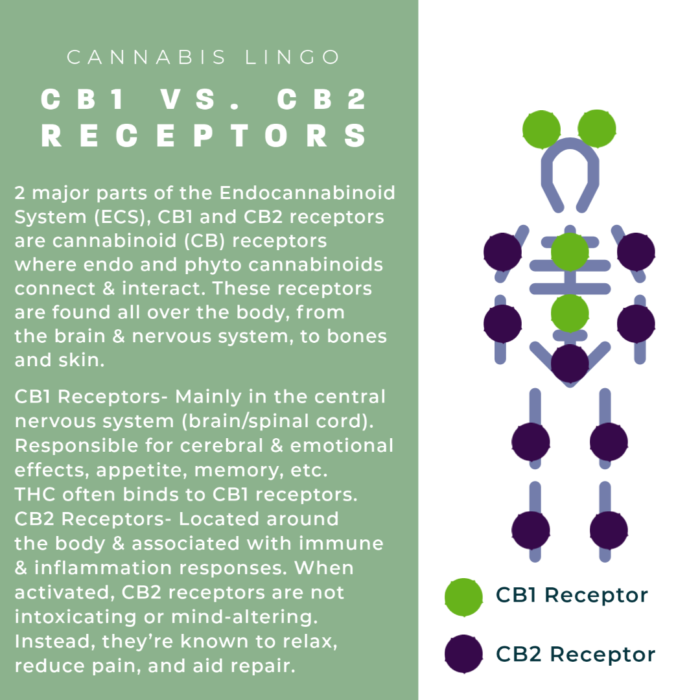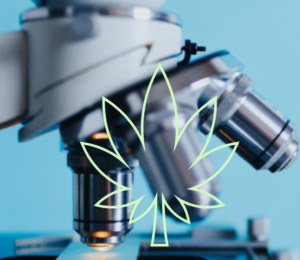The cannabis plant is beautifully complex, and that’s why we love it so much. In the past, not much was known about this plant due to the skepticism surrounding it. Many thought cannabis was made of THC only and didn’t know about the existence or the benefits of other components.
However, changes in the legal status of cannabis prepared the way for research, which raised awareness and increased knowledge on cannabis compounds. Thanks to the researchers’ hard work, we now know that the cannabis plants consist of over 120 components! So, it’s not just CBD and THC. There’s a huge list of interrelated components called cannabinoids that work together in harmony to create cannabis plants. One of these cannabinoids is CBG – a lesser-known but equally important part of the cannabis plant. We all hear so much about CBD and know almost everything about it, but CBG? Not as much. It’s time to take a little break from talking about our beloved CBD and give CBG the appraisal it deserves!
What exactly is CBG?
CBG stands for cannabigerol. CBG is a non-psychoactive, active ingredient of the cannabis plant that interacts with our endocannabinoid system, much like CBD. It’s called ‘the chemical parent’ of CBD and THC, which means all ~120 of the cannabinoids in cannabis begin as CBG. It’s found in the cannabis plant in quantities lower than 1%, so it’s really rare as well! To put it in a metaphorical sense – CBG is the prototype according to which all other components develop. This means that CBG is the most important chemical in cannabis, and yet, surprisingly, it is the least talked about! Don’t stress – we’re here to change that and explain all the wonderful things this cannabinoid is capable of!
Does it get you high?
As mentioned above, CBG is non-psychoactive, so there are zero chances of it getting you high. Yes, as a cannabinoid, it does interact with our cannabinoid receptors, but not in the way THC does. In order to explain things a bit better, let’s contrast THC and CBG and see what makes them different.
Cannabinoid receptors are unique to the endocannabinoid system (ECS), which is located throughout our whole body. It’s part of the brain, the gastrointestinal system, the immune system, and our organs. There are two types of cannabinoid receptors that make up the endocannabinoid system – CB1 and CB2.
- CB1 receptors are mostly concentrated in our brain, although they can also be found in other parts of our body. CB1 receptors have a significant role in the brain and are connected to some nerve functions. THC binds with CB1 receptors strongly, and its effect is much more noticeable and even mind-altering to some extent.
- CB2 receptors are mostly in the immune and gastrointestinal system and not as much in the brain. CB2 receptors are mainly responsible for regulating inflammatory processes in the body. THC doesn’t interact with CB2 receptors as much as it does with CB1, but it still impacts them.

So, the takeaway is: not only does THC interact with these receptors, but it is also an agonist – meaning that it activates them. That’s why this cannabinoid is so potent and why we feel its effects so strongly in our body.
CBG, on the other hand, mildly interacts with both of our cannabinoid receptors but is an antagonist. That means that it does not activate them and, in fact, inhibits the processes they carry out. This explains why we call CBG non-psychoactive and why it’s currently legal in the U.S. – just like all the other cannabinoids, except THC!
How does our body react to CBG?
Each cannabinoid comes with its own list of pros and cons when consumed, CBG is no exception to this! Seeing as it interacts with our endocannabinoid system, it can affect our body when taken in appropriate doses. The typical effects are the following:
- May promote eye health
- May help digestion and promotes gut health
- Might be helpful with anxiety
- Soothes irritated skin
- Has an analgesic and anti-inflammatory effect
- Might boost mood and improve energy levels
A group of researchers in 2020 found CBG has antibacterial/antibiotic potential that’s more promising than any other cannabinoid. In one phase of their research, they added isolated CBG to a concentration of bacterial cultures, and the results show CBG killed off most of the bacteria present.
What’s more, the entire study focuses on CBG’s power to act against the bacteria MRSA (Staphylococcus aureus) by inhibiting their activity and stopping them from forming biofilms (structures of microorganisms sticking together), which are not susceptible to antibiotics and are very hard to destroy.
The study is in the medical journal ACS Publications.
We can see from this discovery that the popularity surrounding CBG is entirely justifiable. CBG can offer us a wide array of potential benefits and uses!
Are there any side effects of using CBG?
We talked a great deal about the promising potential of CBG, but what about its side effects? Well, it turns out that CBG is considered safe. That means there’s a very low chance of developing any unpleasant reactions to this cannabinoid. However, problems may arise if you decide to take extremely large doses of CBG. We aren’t medical professionals and cannot give specific recommendations regarding usage. With that out of the way, here’s a short list of potential side effects after ingesting very large amounts of CBG:
- Fatigue – this is a no-brainer, but taking any cannabinoid in enormous amounts can contribute to an increased feeling of tiredness
- Dry mouth – a simple remedy is to increase your water intake when taking any kind of cannabinoid
- Problems with digestion – the cannabinoid receptors in our gastrointestinal system have their limit of how much cannabinoids they can accept and may signal high doses through digestive problems
What’s important to mention is the benefits of using CBG tend to outweigh possible side effects of abnormally high doses.
Final thoughts
Given the pharmaceutical potential of CBG, we can’t wait to see how it might be utilized in the future! Until then, we offer our very own CBG Flower (3.5g) with its characteristic tangy and herbal flavor and a whole set of wonderful effects!
Have you tried our CBG flower? Let us know if you like it!
*Important note: The point in this article are only the authors’ best information on the subject and, as such, should not be taken as medical advice in any way, shape, or form. Talk to a medical professional prior to use if you have questions. Do not exceed the recommended dosage suggested by a personal doctor.
Sources:
– Healthline: Meet CBG, the New Cannabinoid on the Block
– Observer: Why CBG, A New And Legal Cannabis Plant Product, Is Surging– Medical Cannabis Network: Antibiotic potential of cannabis: CBG compound resistant to MRSA



